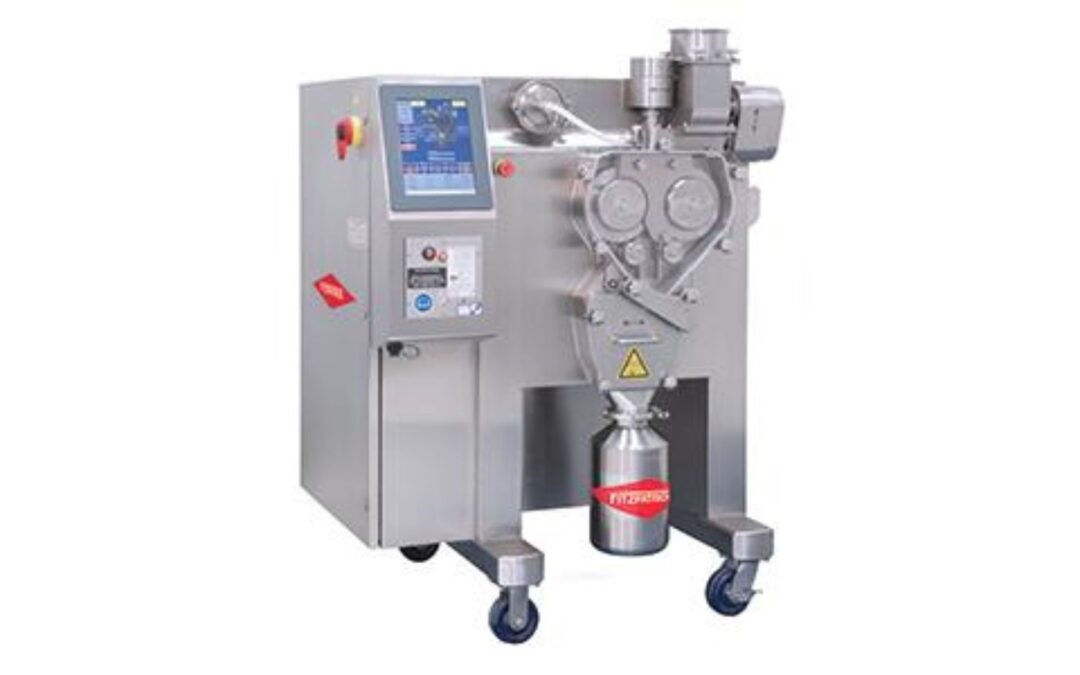What is Dry Granulation?
Dry granulation is the process of forming granules from a powder without the use of a liquid binder. This is done by applying pressure or shear force to the powder, which causes the particles to adhere to each other. Dry granulation is often used in the pharmaceutical industry to prepare tablets.
There are two main methods of dry granulation:
Roll compaction: This method uses a roller compactor to roll the powder into granules. The roller compactor consists of two rollers that are pressed together. The powder is fed between the rollers, and as the rollers rotate, they compact the powder into granules.
Slugging: This method uses a slugging press to form granules. The slugging press consists of a punch and a die. The powder is placed in the die, and the punch is then pressed down, forcing the powder into granules.
Why Use Dry Granulation for Tablet Preparation?
There are several reasons why dry granulation is the preferred method for tablet preparation:
It is a more efficient process than wet granulation. Dry granulation eliminates the necessity of employing a liquid binder, thereby obviating the need for drying procedures. This can save time and money.
It produces granules with better flowability. The granules produced by dry granulation are typically larger and have better flowability than the granules produced by wet granulation. This makes it easier to feed the granules into the tableting machine.
It produces granules with better mechanical properties. The granules produced by dry granulation are typically stronger and more resistant to breakage than the granules produced by wet granulation. This makes them less likely to break during the tableting process.
Which Machine is used in Dry Granulation?
The machine used in dry granulation depends on the method of dry granulation being used. For roll compaction, a roller compactor is used. For slugging, a slugging press is used.
Benefits of Dry Granulation
The benefits of dry granulation include: Efficiency: Dry granulation is a more efficient process than wet granulation. This is because it does not require the use of a liquid binder, which eliminates the need for drying steps. Flowability: The granules produced by dry granulation have better flowability than the granules produced by wet granulation. This makes it easier to feed the granules into the tableting machine. Mechanical properties: The granules produced by dry granulation have better mechanical properties than the granules produced by wet granulation. This makes them less likely to break during the tableting process. Cost-effectiveness: Dry granulation is a cost-effective process. This is because it does not require the use of a liquid binder, which can be expensive.Dry Granulation and Milling Equipment from Fitzpatrick
Fitzpatrick is a leading manufacturer of dry granulation and milling equipment. Pharmaceutical companies around the world use their machines to produce high-quality tablets. Fitzpatrick offers a wide range of machines to meet the needs of different applications. Conclusion
Dry granulation is a versatile process that can be used to prepare a variety of tablets. It is a more efficient and cost-effective process than wet granulation, and it produces granules with better flowability and mechanical properties. If you are looking for a way to improve the quality of your tablets, dry granulation is a good option to consider.
